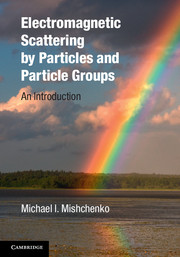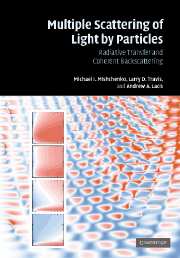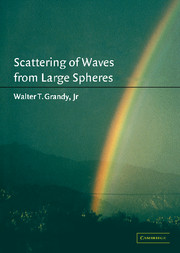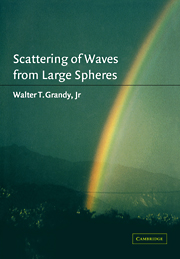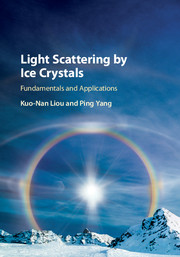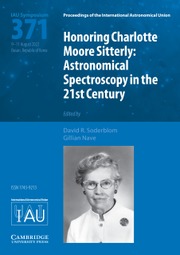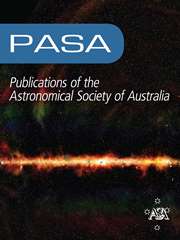Electromagnetic Scattering by Particles and Particle Groups
This self-contained and accessible book provides a thorough introduction to the basic physical and mathematical principles required in studying the scattering and absorption of light and other electromagnetic radiation by particles and particle groups. For the first time the theories of electromagnetic scattering, radiative transfer, and weak localization are combined into a unified, consistent branch of physical optics directly based on the Maxwell equations. A particular focus is given to key aspects such as time and ensemble averaging at different scales, ergodicity, and the physical nature of measurements afforded by actual photopolarimeters. Featuring over 120 end-of-chapter exercises, with hints and solutions provided, this clear, one-stop resource is ideal for self-study or classroom use, and will be invaluable to both graduate students and researchers in remote sensing, physical and biomedical optics, optical communications, optical particle characterization, atmospheric physics and astrophysics.
- Provides a self-contained, one-stop resource, including detailed derivations of all important results directly from the Maxwell equations, and a summary of state-of-the-art research
- Chapters include notes sections introducing the history of the subject and providing advice for avoiding common misconceptions, as well as further reading sections referring readers to cutting-edge publications in the field
- Includes more than 120 end-of-chapter exercises, with hints and full solutions available for the more complex exercises, enabling easy self-study or class use
Reviews & endorsements
'Featuring over 120 end-of-chapter exercises, with hints and solutions provided, this clear, one-stop resource is ideal for self-study or classroom use, and will be invaluable to both graduate students and researchers in remote sensing, physical and biomedical optics, optical communications, optical particle characterisation, atmospheric physics, and astrophysics.' GeoQ
Product details
April 2014Hardback
9780521519922
450 pages
252 × 178 × 25 mm
1.08kg
125 b/w illus. 18 colour illus. 3 tables 100 exercises
Available
Table of Contents
- Preface
- Acknowledgements
- 1. Introduction
- 2. The macroscopic Maxwell equations and monochromatic fields
- 3. Fundamental homogeneous-medium solutions of the macroscopic Maxwell equations
- 4. Basic theory of frequency-domain electromagnetic scattering by a fixed finite object
- 5. Far-field scattering
- 6. The Foldy equations
- 7. The Stokes parameters
- 8. Poynting–Stokes tensor
- 9. Polychromatic electromagnetic fields
- 10. Polychromatic scattering by fixed and randomly changing objects
- 11. Measurement of electromagnetic energy flow
- 12. Measurement of the Stokes parameters
- 13. Description of far-field scattering in terms of actual optical observables
- 14. Electromagnetic scattering by a small random group of sparsely distributed particles
- 15. Statistically isotropic and mirror-symmetric random particles
- 16. Numerical computations and laboratory measurements of electromagnetic scattering
- 17. Far-field observables: qualitative and quantitative traits
- 18. Electromagnetic scattering by discrete random media: far field
- 19. Near-field scattering by a sparse discrete random medium: microphysical radiative transfer theory
- 20. Radiative transfer in plane-parallel particulate media
- 21. Weak localization
- 22. Epilogue
- Appendix A. Dyads and dyadics
- Appendix B. Free-space dyadic Green's function
- Appendix C. Euler rotation angles
- Appendix D. Spherical-wave expansion of a plane wave in the far zone
- Appendix E. Integration quadrature formulas
- Appendix F. Wigner d-functions
- Appendix G. Stationary phase evolution of a double integral
- Appendix H. Hints and answers to selected problems
- Appendix I. List of acronyms
- References
- Index.

